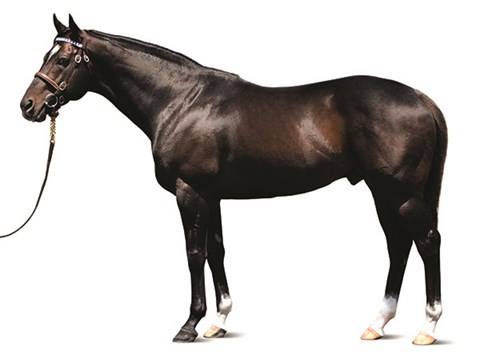
It’s good practice to evaluate a horse’s health by the condition of its coat or skin
The coat or skin (including the hair) is a protective layer over the horse’s body. The skin is tough and elastic and capable of withstanding knocks and bumps without damage.
When a horse looks good in the coat then it is in good health.
With performance horses when their coat dapples up then it is in optimum health, when the horse’s coat has a good shine! In saying this, most competition horses are clipped and rugged. We clip horses because they get too hot when performing – their body temperature increases too much which is indicative by a heavy sweat.
The skin has a lot of sweat glands and horses are heavy sweaters (compared to most animals) although heavy sweating is not really ideal. When they sweat they lose electrolytes (body salts/minerals) and it is important to replace them.
The horse’s skin has multiple roles
The coat of the horse changes throughout the year to accommodate whatever the season. There are sebaceous glands in the pores of the skin which secrete oil to lubricate it, making it waterproof. It’s always good to see a horse fit, relaxed and with a shiny coat.
When light rain falls the water turns to beads and simply rolls off the coat. This is when the sebaceous glands are at optimum function.
The horse’s coat is only a thin layer which is the major reason electric fences work so well. The charge of current goes straight into the muscle through the thin layer of skin. One zap of electricity and they won’t go near it.
Because the coat is thin it takes horses more time to heat up and cool down. The coat also produces its own smell, basically for identification amongst other horses in the social role of the her status.
How is your horses coat looking? In my WORKSHOPS I will help you diagnose issues with horses. Be able to identify issues with your horse can save of vet fees and head off any long term problems.
